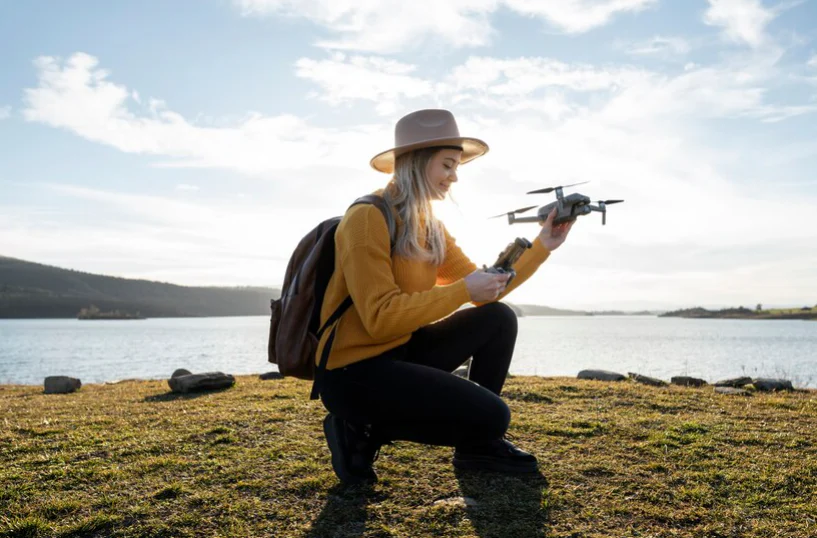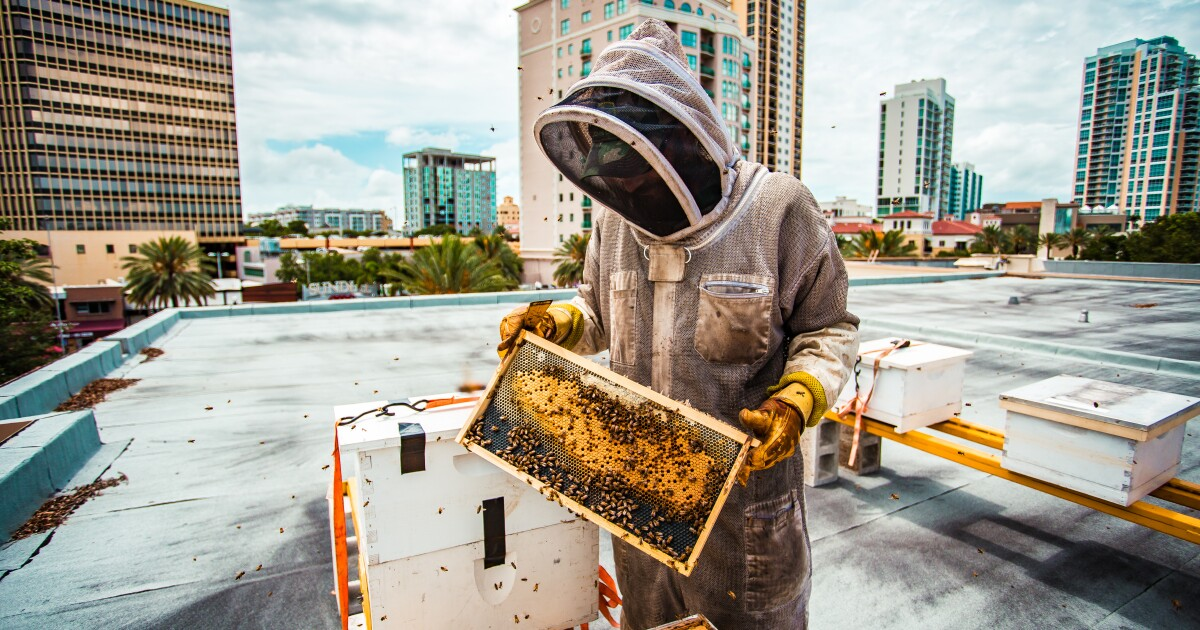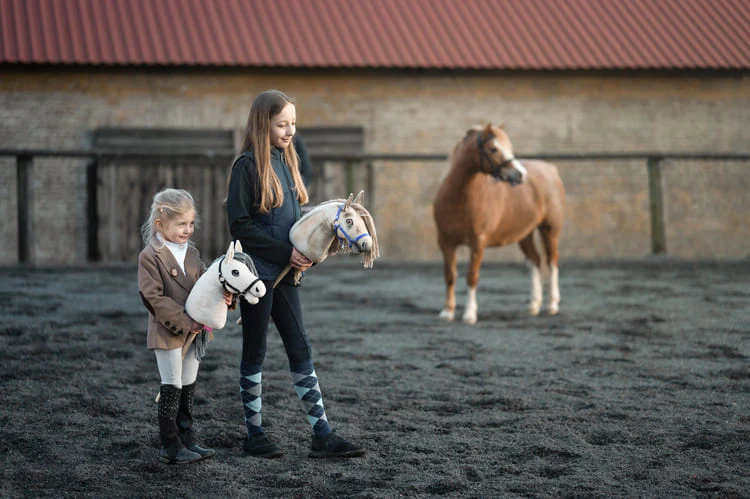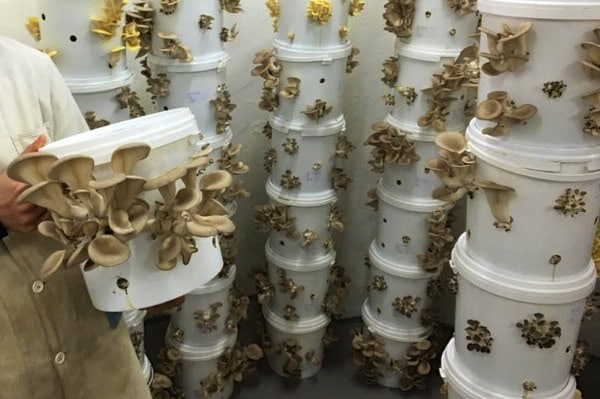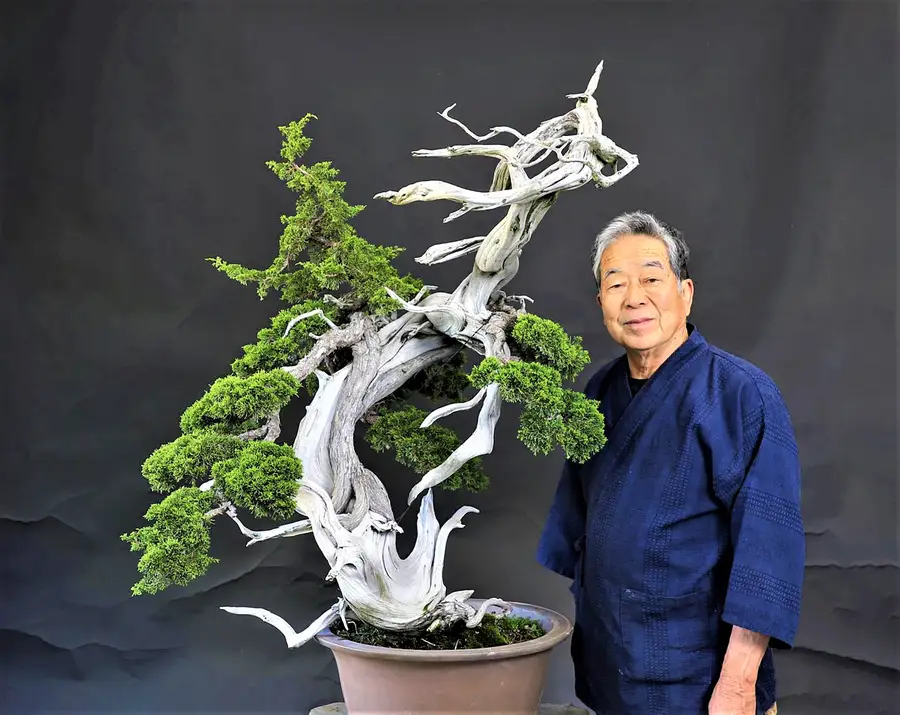Drone photography has rapidly evolved from a niche pastime into one of the most exciting visual hobbies of 2025. Thanks to advances in sensor technology, AI flight control systems, and intuitive software, hobbyists can now capture ultra-high resolution aerial images once only possible with helicopters or expensive equipment. Whether you’re flying over rugged landscapes, urban architecture, or coastal cliffs, the aerial view offers a fresh perspective that transforms everyday scenes into compelling visual stories.
One of the key trends fueling this growth is automation. AI-assisted path planning, obstacle avoidance, and subject tracking allow even less experienced drone pilots to compose dynamic shots without needing full manual control. In addition, lightweight drones with extended flight time now let hobbyists shoot for 20–40 minutes in a single battery cycle — far better than earlier models. These improvements lower the barrier to entry and let creators focus more on framing and storytelling than technical hurdles.
From an E-E-A-T lens (Experience, Expertise, Authoritativeness, Trustworthiness), drone photography as a hobby offers rich credibility and depth. The experience comes through repeated flights, calibration, aerial composition, and selecting ideal times for lighting. Expertise develops as enthusiasts learn about exposure, RAW formats, panoramic stitching, and post-processing aerial imagery. Authoritativeness is enhanced when creators publish tutorials, share flight logs, and document how they captured complex shots. Trustworthiness depends on safety practices (obeying local drone regulations, respecting privacy, signal checks) and transparent sharing of metadata (altitude, settings, location). As drone photography continues its rise, it’s not just a leisure activity—but a compelling creative journey grounded in technique, ethics, and vision.


